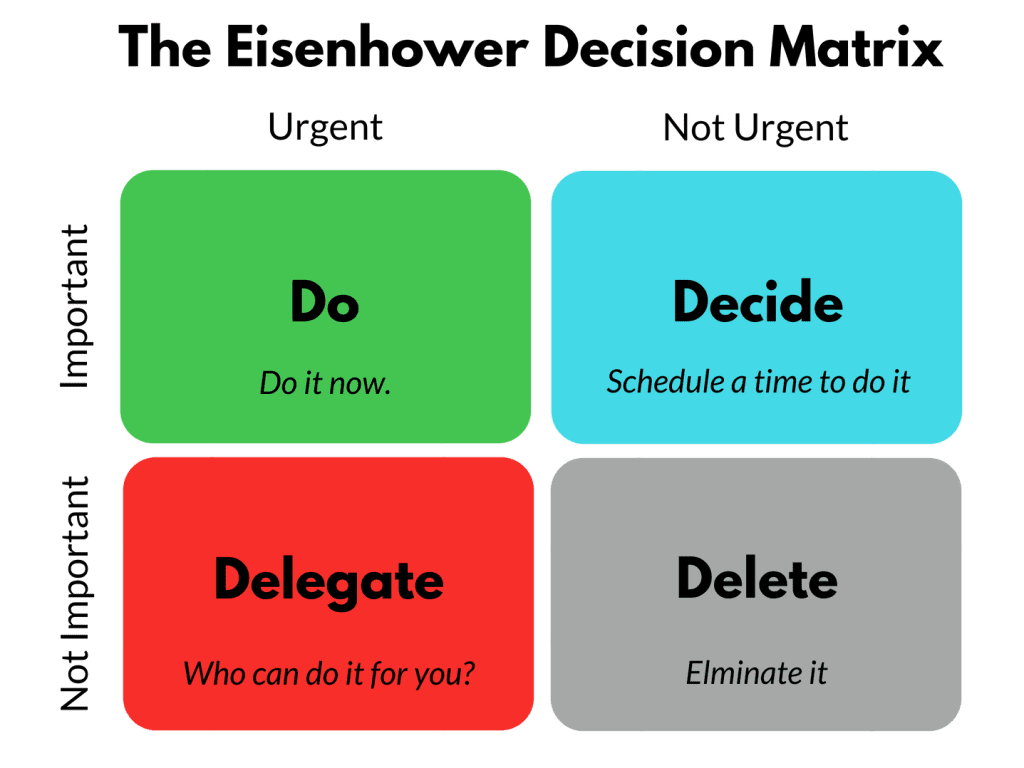
Product Development is an exciting space and the sky is the limit on the products we can choose to develop. Naturally, the market for your product determines its success. You always have to have a great product idea, but then have to have a plan to execute better than your competitors. Gone are the days where the fat cats could keep their market margins and mask their dysfunction. Today, we need to minimize dysfunction because the tolerance for dysfunction in the business is lower and believe me, all businesses have dysfunction. The trick is to offset the dysfunction with great management of the business and surround yourself with people who are passionate about operating at a high level.
Product Managers have it rough these days. We can use all the stats we have in the market about our space, but if we aren't servicing our customers through great products, we fall short of the line to gain. Product Managers are some of the busiest people on the planet, so I find that even if we do fall short, it's usually not for lack of passion or effort. It's really the infinite ways we could spend our time and trying to optimize the little time we do have.
I often teach in my Certified Scrum Product Owner workshops, that much like a leader / manager, we must make decisions. Often indecisiveness is worse than a bad decision in an operational setting. Dwight Eisenhower, the Allied Commander in WWII, is credited with the Eisenhower Matrix for his leadership team. Many people refer to it as "The Four D's" today, but it has a matrix for you to run your task list through in order to help determine how best to handle the infinite list of things we could be working on with the finite amount of skill and time.
- Do: This category is for tasks that are important and urgent. These tasks require immediate attention and should be done right away. This could include crises, deadlines, or problems that need immediate resolution.
- Decide/Delay: These are important but not urgent tasks. They require planning and need to be scheduled to do later. This category is crucial for effective time management as it focuses on tasks that contribute to long-term goals and personal values.
- Delegate: These tasks are urgent but not important. They need to be done soon but not necessarily by you. Delegating these tasks to others is a way to manage your time better. It's important to ensure that the person to whom the task is delegated has the required information and authority to complete it (i.e. build your team).
- Delete/Discard: Tasks that are neither urgent nor important fall into this category. They are often distractions and should be eliminated or minimized. These could include activities that don’t contribute to your goals or are time-wasters.

I think one of the most misunderstood concepts on this matrix is the "Decide/Delay". I am reminded of how we can apply the "Latest Responsible Moment" principle to this area of the matrix. This does not really mean procrastinate, it simply means decisions about these tasks should be delayed until the last possible moment, while there is still sufficient time to act effectively. This delay allows for more information to be gathered, leading to better, more informed decisions.
Applying the latest responsible moment in the Decide quadrant has several benefits:
- Enhanced Flexibility: By not committing early, you retain flexibility to adapt to changes. This is particularly valuable in environments where new information is constantly emerging.
- Improved Decision Quality: As you approach the latest responsible moment, you accumulate more knowledge and context, which can lead to more informed and effective decisions.
- Resource Optimization: It helps in prioritizing resources (time, money, personnel) on more immediate and urgent tasks, ensuring that they are available when needed for these important but not urgent tasks.
- Risk Management: It allows for a better assessment of risks as you have more time to understand the potential impact of your decisions.
It is crucial we learn to balance this approach with the risk of waiting too long to make a decision, as delays can eventually lead to missed opportunities or rushed judgments. The key is to identify that moment when waiting longer could be detrimental and to act decisively at that point.
With all that said, I felt lead to kick a series off about the top challenges of product delivery and elaborate on each one throughout the coming weeks. For now, let me share the list that I see organizations struggle with in relation to product delivery efficiency (and yes, I attempted to rank these, but obviously each organization is different):
- Understanding Customer Needs: Organizations often struggle to accurately gauge what their customers want. Misunderstanding customer needs can lead to developing products that don't meet market demands.
- Resource Allocation: Effective allocation of resources, including budget, manpower, and technology, is crucial. Misallocation can lead to delays, increased costs, or subpar products.
- Supply Chain Management: Disruptions in the supply chain, whether due to logistical issues, political instability, or natural disasters, can significantly impact product delivery timelines and quality.
- Quality Control: Maintaining high-quality standards throughout the product development process is essential but challenging. Quality issues can lead to recalls, reputation damage, and financial loss.
- Adapting to Market Changes: Markets can change rapidly, and organizations need to be agile enough to adapt. This includes responding to new competitors, changing customer preferences, or technological advancements.
- Integration of New Technologies: Implementing new technologies (like AI, IoT, or blockchain) can be beneficial but also poses risks and challenges, including high costs and technical complexities.
- Regulatory Compliance: Navigating the complex web of regulations, especially in industries like healthcare or finance, can be challenging and, if not managed properly, can lead to legal issues.
- Project Management and Coordination: Effective project management and cross-departmental coordination are crucial to ensure that all elements of the product delivery process align and are completed on time.
- Data Security and Privacy: With increasing concerns about data breaches, ensuring the security and privacy of customer data throughout the product lifecycle is a significant challenge.
- Sustainability and Environmental Concerns: Organizations are increasingly expected to deliver products that are environmentally sustainable, which can require changes in materials, processes, and supply chains.
Stay tuned as we work to provide practical guidance on each one of these bullet points in the coming weeks. We will elaborate on ways your teams can mitigate deficiencies that are common in product delivery. My passion is to help teams do better today than they did yesterday. Iteratively and incrementally making improvements to adapt to the ever changing landscape in product development.
Join us for our upcoming public workshops and gain practical guidance on how to help you perform better as a product manager.